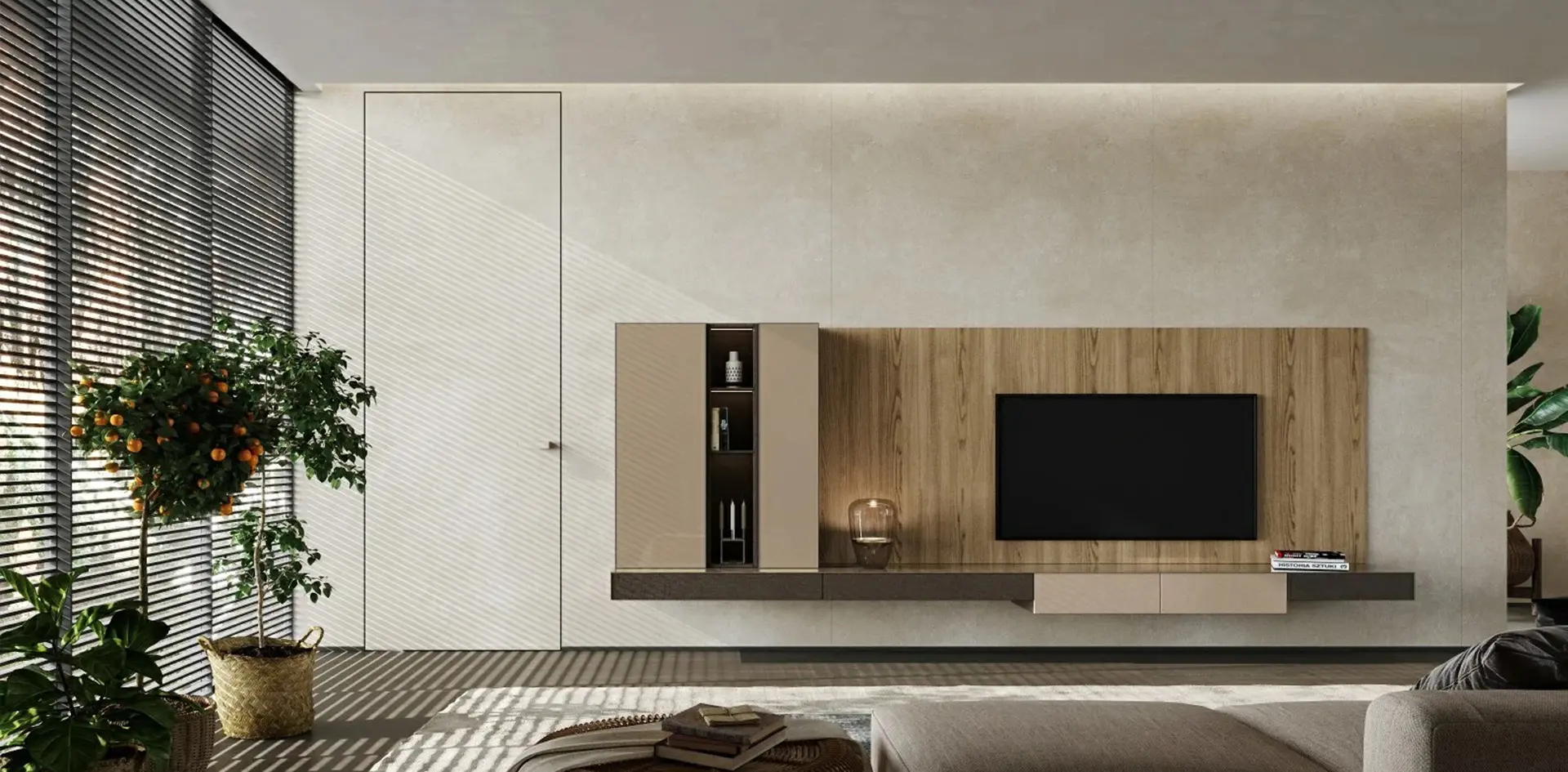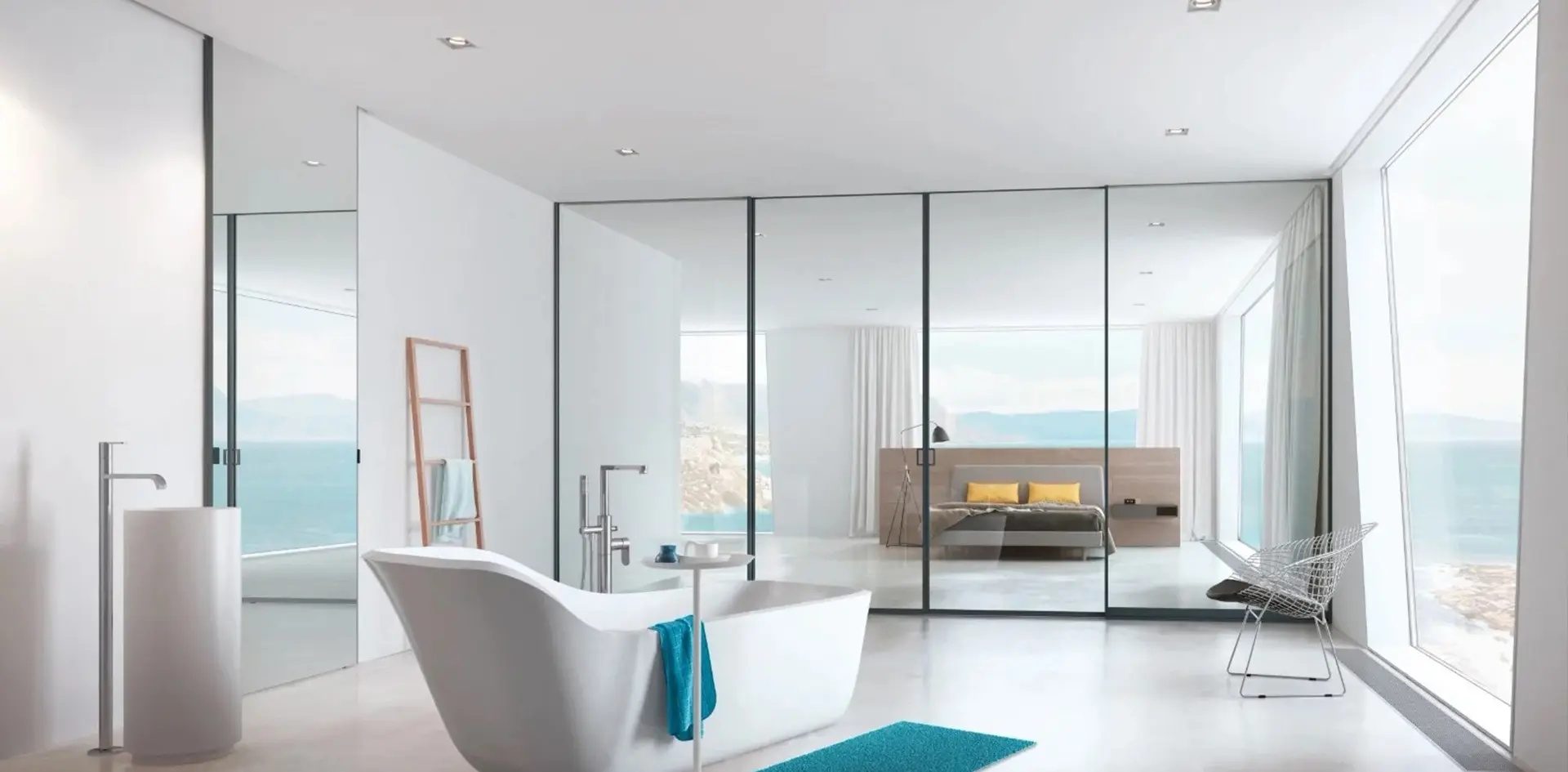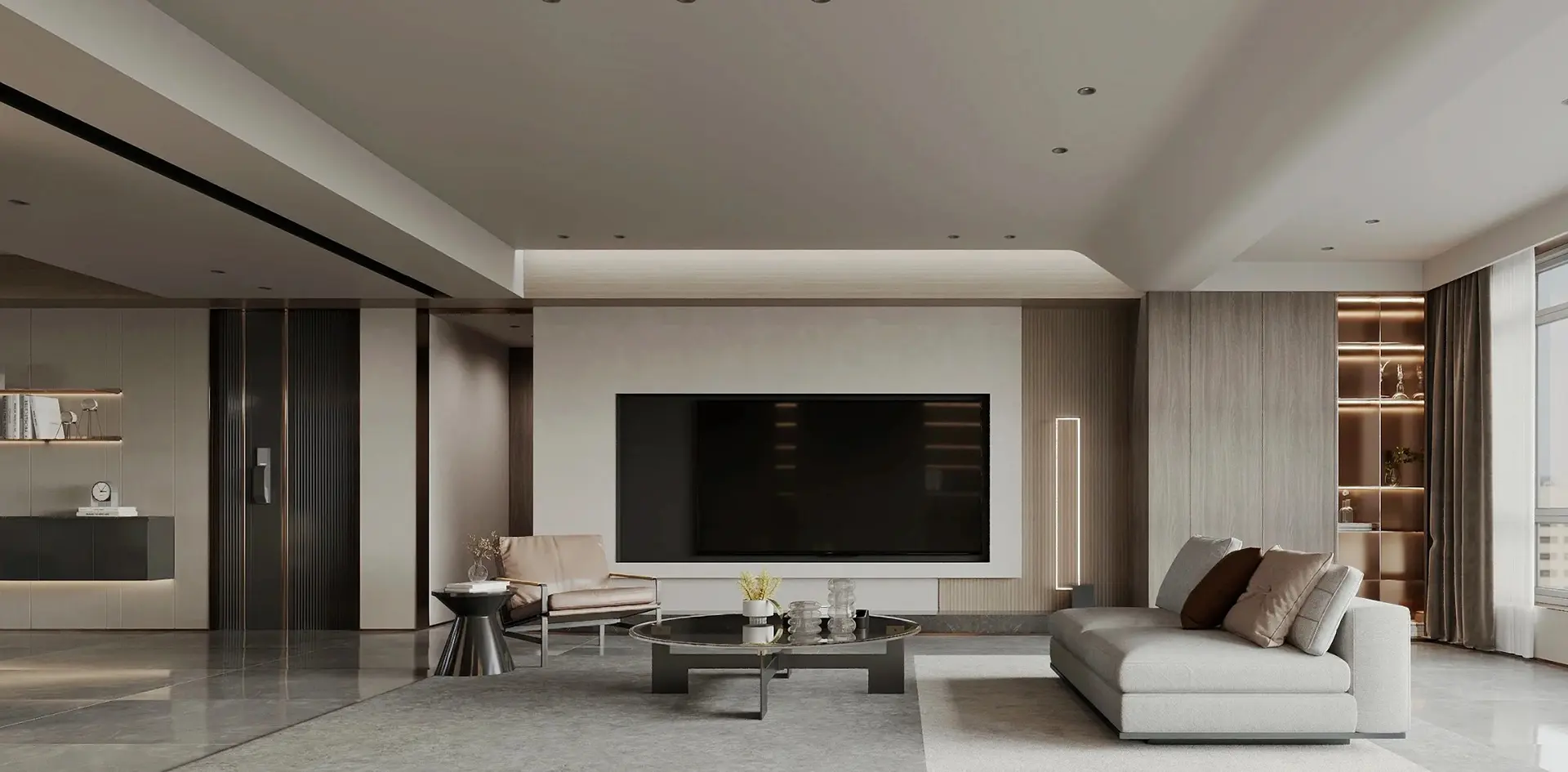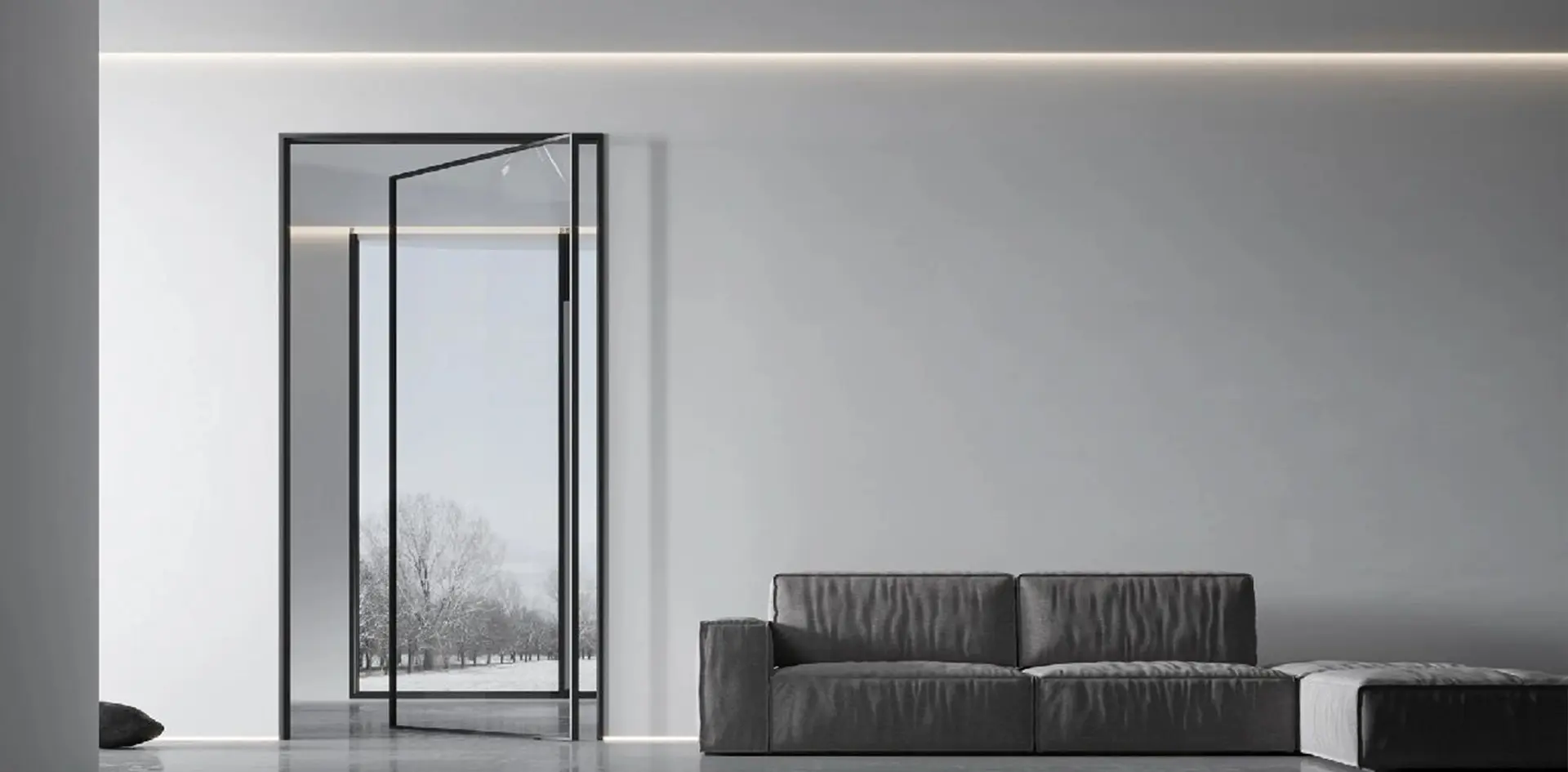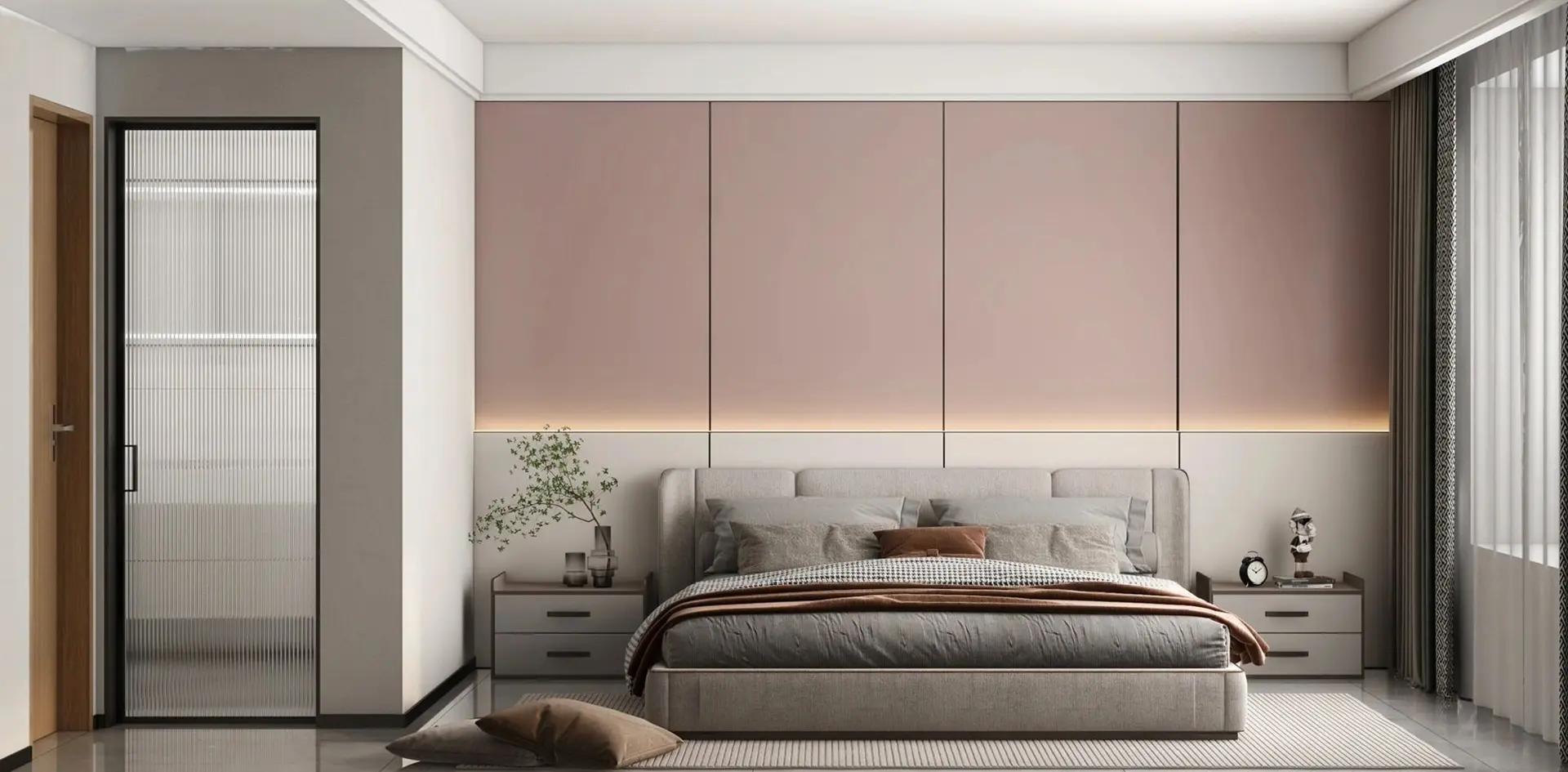
The Ultimate Guide to Choosing the Perfect House Door for Your Home
Choosing the right house door is crucial not only for enhancing the aesthetic appeal of your home but also for ensuring safety and energy efficiency. According to a recent report from the National Association of Realtors, approximately 90% of home buyers consider the exterior of a home, including its doors, to be a major factor in their purchasing decision. Furthermore, a study by the U.S. Department of Energy highlights that nearly 20% of a home's heat loss occurs through inefficient entry doors. Given these significant statistics, selecting the perfect house door is more than just a cosmetic choice; it's an investment in your home's value, security, and energy savings. This guide will walk you through the essential factors to consider when choosing an ideal house door that complements your home while meeting your functional needs.
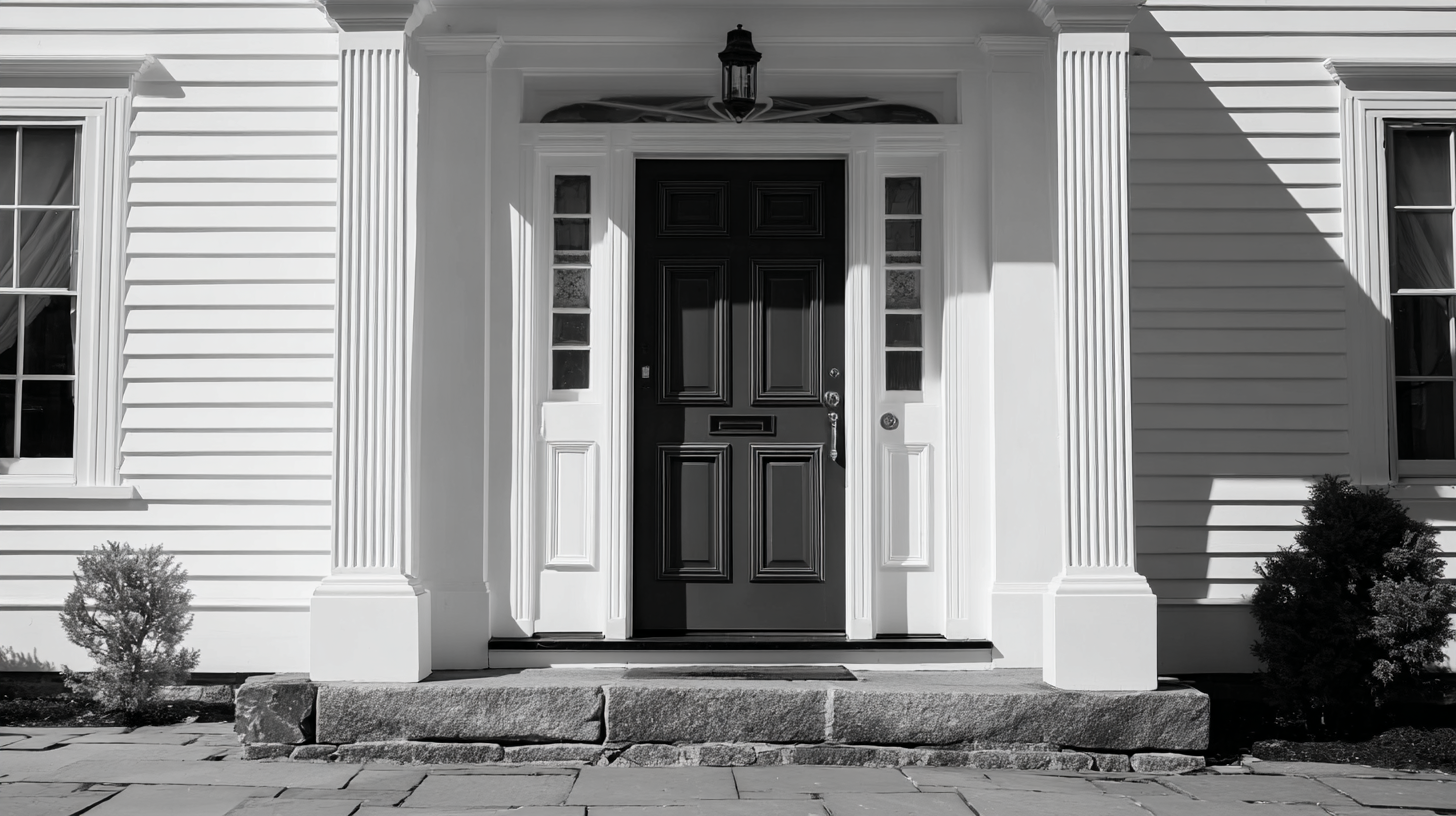
Understanding Different Types of House Doors: A Comprehensive Overview
When selecting the perfect house door, it is essential to understand the various types available to suit both your aesthetic preferences and functional needs. The most common types of doors include solid wood, fiberglass, and steel.
Solid wood doors are praised for their natural beauty and durability, offering a classic appearance that enhances any home. However, they require regular maintenance to protect against weathering.
Fiberglass doors, on the other hand, mimic the look of wood but are resistant to warping, making them a low-maintenance option. They also come in energy-efficient designs, providing great insulation.
Steel doors offer remarkable strength and security, making them an excellent choice for homeowners looking to enhance their safety.
These doors are often finished with a protective coating to prevent rust and can be customized in various styles. Additionally, consider features like double doors for a grand entrance or sliding glass doors that integrate your indoor and outdoor living spaces seamlessly.
Understanding the differences in material, style, and function will empower you to choose the door that not only complements your home's style but also meets your personal needs.
Key Features to Consider When Selecting the Best House Door
When selecting the best house door for your home, there are several key features to consider that can significantly impact security, energy efficiency, and aesthetic appeal. According to the National Association of Home Builders, nearly 70% of homebuyers place a high priority on the quality of doors when assessing a property. The material of the door is crucial; fiberglass and steel doors offer superior durability and resistance to wear and tear compared to traditional wooden doors. In fact, a report by the Remodeling Magazine indicates that homeowners can recoup about 75% of the cost of a new steel door installation when selling their homes.
Another important feature to consider is insulation. Energy-efficient doors can help reduce heating and cooling costs significantly. The U.S. Department of Energy reports that up to 10% of a home's energy loss occurs through inefficient doors. Look for doors with a high R-value, indicating better insulation capabilities. Additionally, features like multi-point locking systems and reinforced frames can enhance security, providing peace of mind for homeowners. As you evaluate your options, understanding these key features will help you choose a door that meets both your aesthetic desires and practical needs.
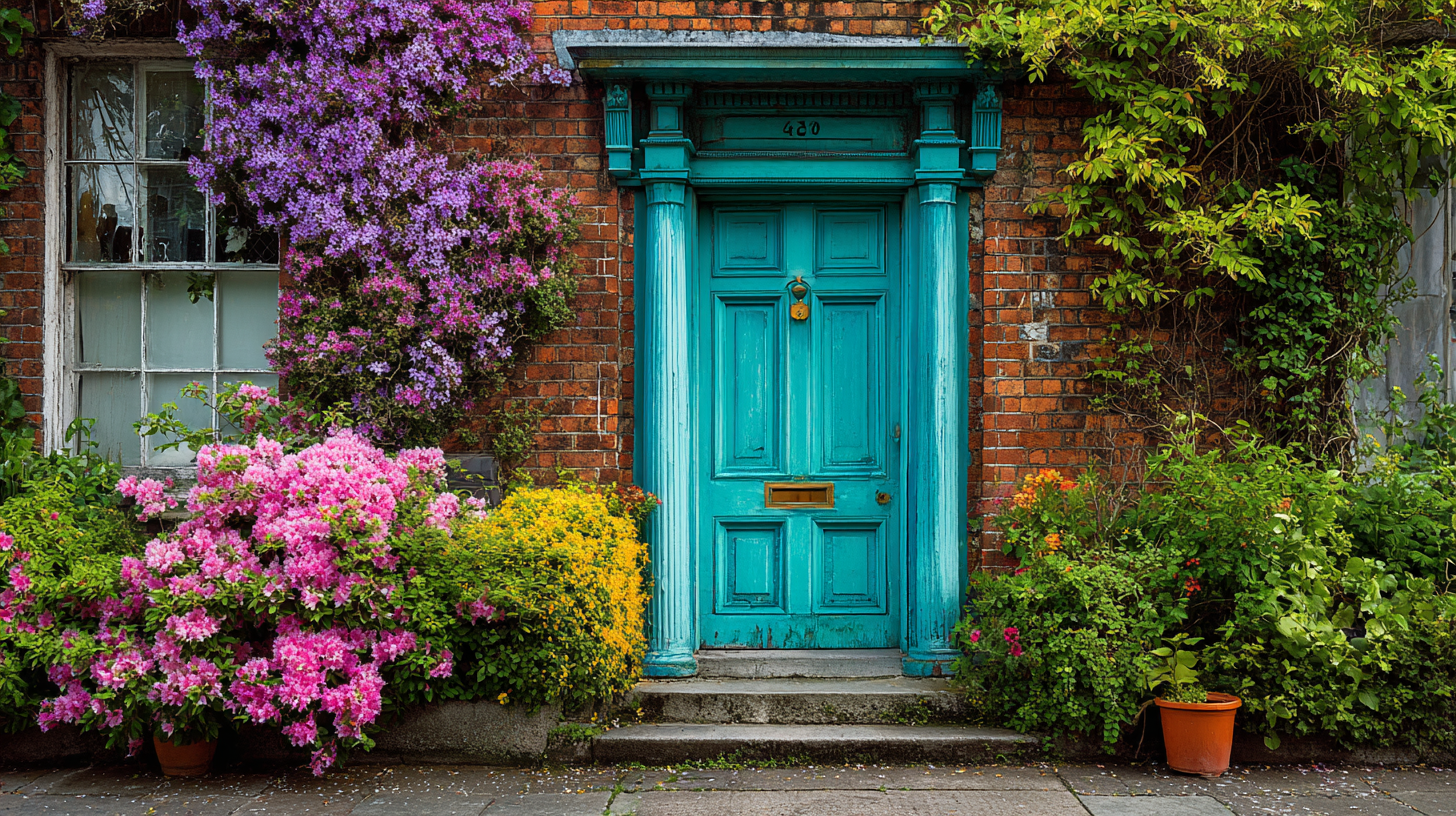
Top 5 Materials for House Doors and Their Unique Benefits
When selecting the perfect house door, it’s crucial to consider the material, as each brings unique benefits that cater to different needs and aesthetics. Wood is one of the most popular choices, prized for its timeless appeal and excellent insulation properties. According to the 2022 National Association of Realtors report, homes with quality wooden doors typically see a return on investment of about 80% when sold.
On the other hand, fiberglass doors have gained traction for their durability and low maintenance. A study by Remodeling magazine indicates that fiberglass doors can outperform wooden doors when it comes to energy efficiency, making them an outstanding choice for homeowners seeking to reduce their energy bills. Furthermore, steel doors are lauded for their strength and security, with data from the Home Safety Council showing that homes equipped with steel doors experience a 30% decrease in break-ins compared to those with traditional wooden doors. Each material offers distinct advantages, empowering homeowners to make informed choices that enhance both security and aesthetic appeal.
The Ultimate Guide to Choosing the Perfect House Door for Your Home
This bar chart illustrates the benefits of different materials used in house doors, comparing their durability, insulation, maintenance, and cost-effectiveness.
How to Choose the Right Style of Door to Complement Your Home’s Aesthetic
When choosing the perfect house door, it's essential to consider how the door's style complements your home’s overall aesthetic. The right door can enhance architectural features, contribute to the color palette, and create a welcoming ambiance. For instance, if your home boasts a classic design with intricate moldings, a traditional panel door in a rich wood finish can accentuate those details beautifully. In contrast, modern homes may benefit from sleek, minimalist doors that blend seamlessly with clean lines and contemporary materials.
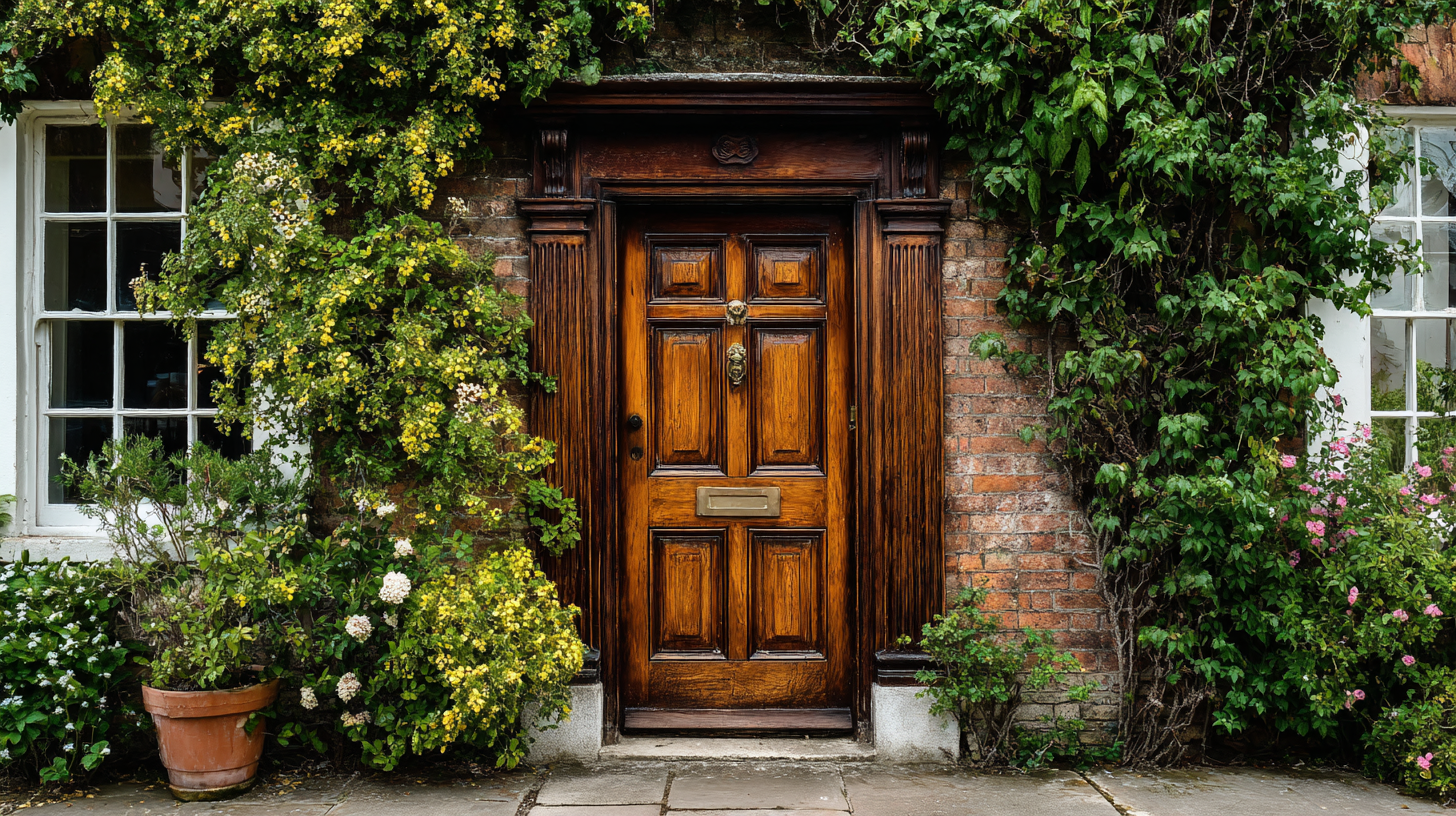
Color also plays a pivotal role in door selection, as it influences the first impression of your home. Whether you opt for a bold hue to make a statement or a softer shade to maintain a cohesive look, the door's color should resonate with the exterior palette. A well-chosen color can highlight your home’s architectural details while ensuring the door stands out just enough to invite curiosity. Combining the right style with a carefully selected color will not only enhance your home’s visual appeal but also reflect your personal taste and style.
Security Features You Should Look for in a Quality House Door
When selecting a house door, security features should be at the forefront of your decision-making process. A quality door is your first line of defense against intruders, so it’s essential to prioritize materials that enhance security. Look for solid wood or fiberglass doors rather than hollow-core options, as they offer greater durability and resistance to break-ins. Additionally, consider doors with steel reinforcement, which can significantly increase strength and deter attempts at forced entry.
Another critical aspect to evaluate is the locking mechanism. High-quality doors should have multi-point locking systems that engage at multiple points around the frame, providing an added layer of security. Deadbolts are also a must; ensure they are made from hardened steel and have at least a one-inch throw. Additionally, look for doors with security features such as smart locks or peepholes, which enable you to monitor who is at your door without compromising your safety. Investing in these features will provide peace of mind, knowing that your home is well-protected.
The Ultimate Guide to Choosing the Perfect House Door for Your Home
| Feature | Description | Importance Rating (1-5) |
|---|---|---|
| Material | Solid wood or steel offers better security than hollow core doors. | 5 |
| Lock Type | Deadbolt locks provide higher security compared to standard knob locks. | 5 |
| Security Ratings | Look for doors with a minimum of a Grade 2 rating from ANSI. | 4 |
| Reinforcement | Additional security plates and reinforcements around the lock area. | 4 |
| Window Security | Doors with tempered glass or internal minigrids to prevent break-ins. | 3 |
| Smart Lock Features | Integrate smart locks for remote access and alerts. | 5 |
| Fire Resistance | Some doors offer fire ratings; usually rated 20-60 minutes. | 4 |
| Weather Resistance | Doors with good seals and materials that resist warping. | 3 |
Related Posts
-

7 Game Changing Tips for Choosing the Perfect House Front Doors
-

Ultimate Guide to Choosing the Perfect Modern Entry Doors for Your Home
-
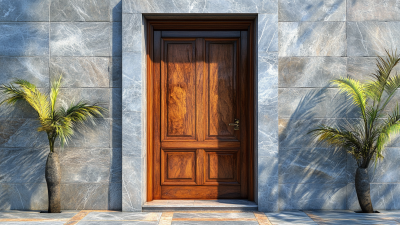
Exploring Alternative Product Features and Applications for the Best Door Flush Door
-

Exploring the Future of Double Front Doors with Innovative Designs and Sustainable Materials
-
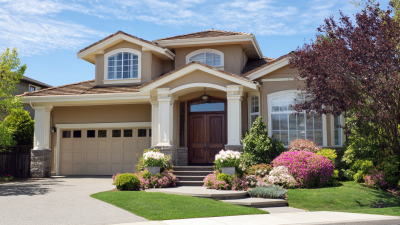
What Are the Various Types of Front Doors for Homes and Their Unique Benefits?
-
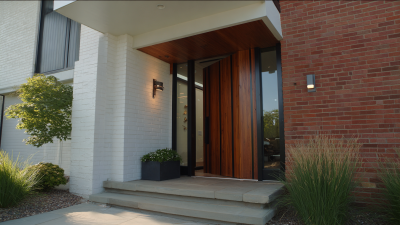
Innovative Solutions for Choosing the Best Modern Front Door for Your Home
